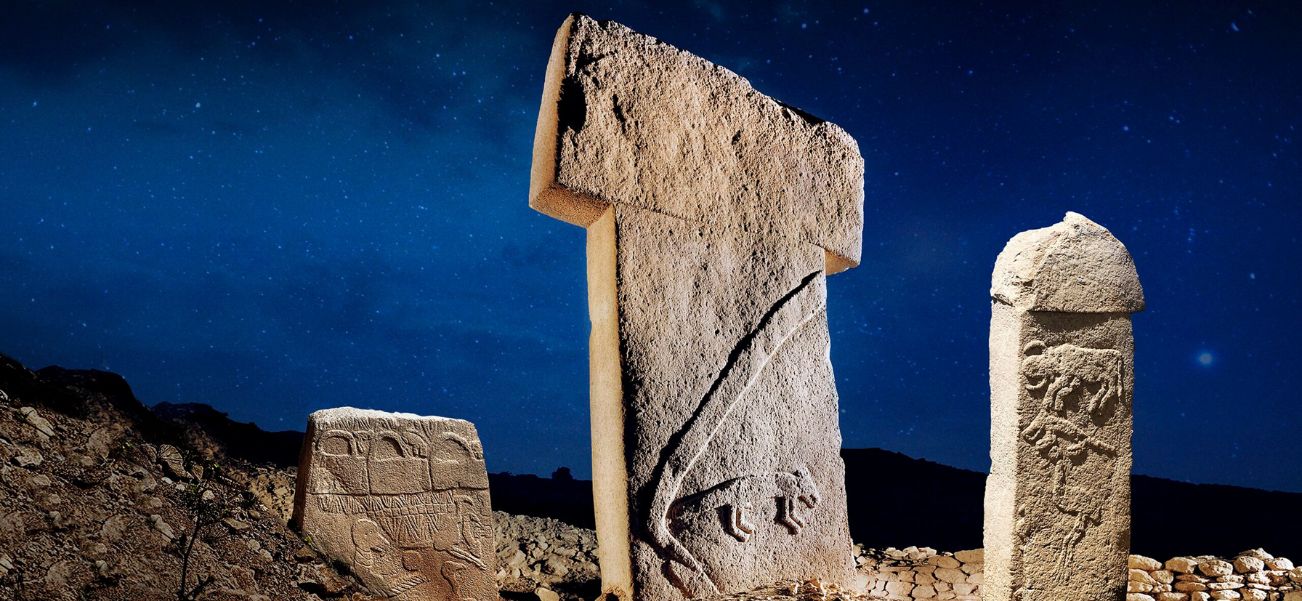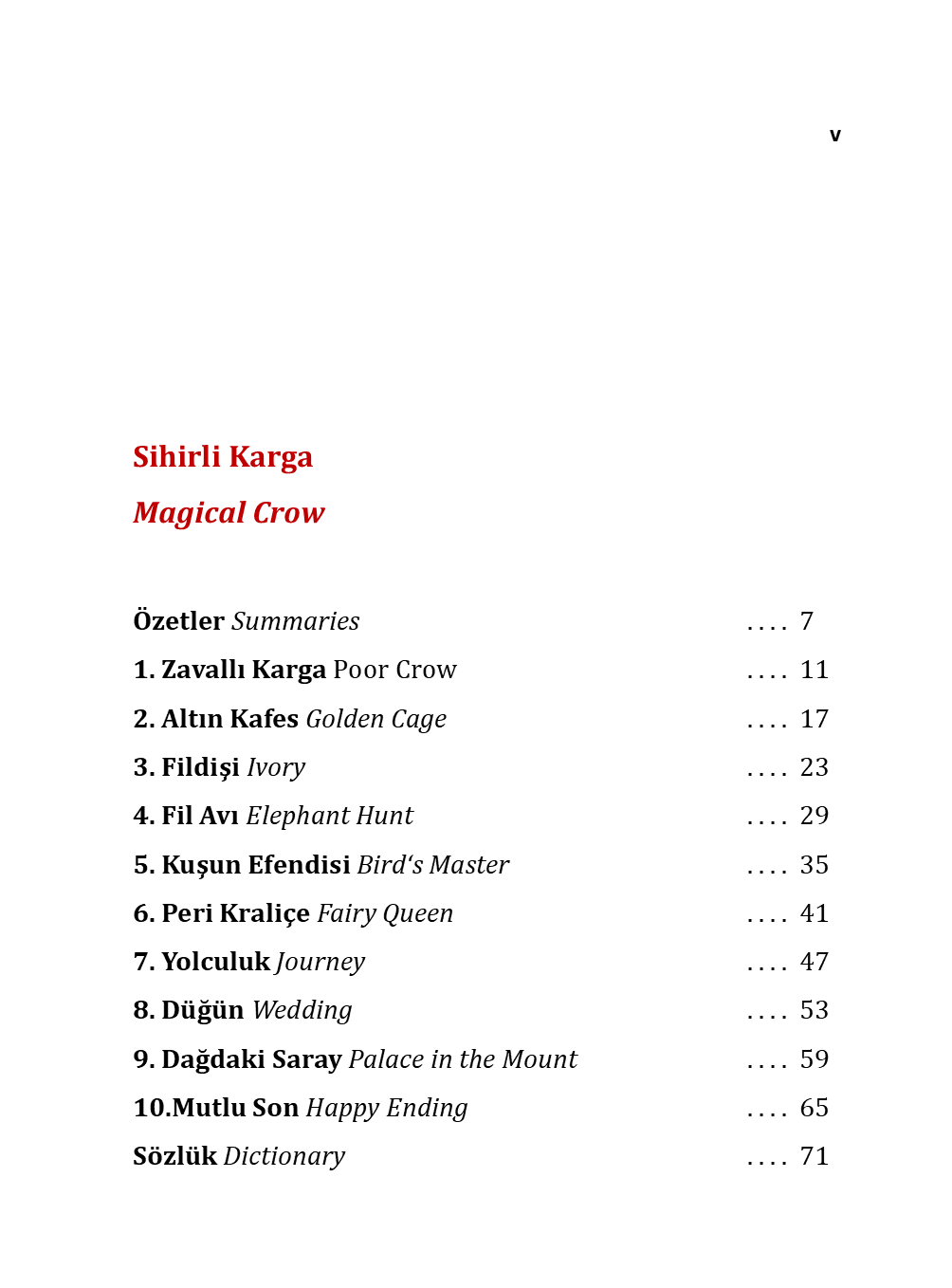
Göbeklitepe, Turkey: Unraveling the World's First Temple and Rewriting Human History
Imagine a sun-baked plateau in Southeastern Anatolia, Turkey. For centuries, local shepherds guided their flocks past strange, protruding stones they called "wish stones," little knowing that beneath their feet lay a secret that would challenge the very foundations of human history. This is the story of Göbeklitepe (pronounced as "Gueh-behk-lee-teh-peh"), a site that didn't just add a chapter to our past but tore up the original table of contents.
Discovered in 1963 during a survey by Istanbul and Chicago universities, its true significance remained buried until 1994, when German archaeologist Klaus Schmidt, following the clues of previous reports, first laid eyes on the hill. What he unearthed would send shockwaves through the archaeological world. Here was not a primitive settlement, but a monumental temple complex, dating back a staggering 12,000 years. To put that in perspective, Göbeklitepe is 6,000 years older than Stonehenge and 7,000 years older than the Great Pyramids of Giza.
This isn't just an old site; it's a paradigm shift in stone. Göbeklitepe, often called the "World's First Temple," forces us to reconsider a fundamental question: Which came first, the farmer or the priest? This blog post is your deep dive into the mysteries, significance, and awe-inspiring reality of Göbeklitepe, Turkey—the place where history began anew.
GOBEKLITEPE: TURKEY'S ANCIENT WONDER THAT REWROTE HISTORY
Listen to this podcast interview about "Göbeklitepe, Turkey":
What is Göbeklitepe? The "Zero Point of History"

Göbeklitepe, which translates to "Potbelly Hill" in Turkish, is a Neolithic archaeological site located approximately 15 kilometers northeast of the city of Şanlıurfa. It consists of multiple, circular and oval-shaped structures, erected by hunter-gatherers in the Pre-Pottery Neolithic age, roughly between 9600 and 8200 BCE.
Designated a UNESCO World Heritage Site in 2018, its importance is encapsulated by its nickname, the "Zero Point of History." This isn't hyperbole. Göbeklitepe represents the dawn of large-scale, communal architecture and symbolic thought at a scale never before imagined for its time. It is the earliest known example of a megalithic (large-stone) complex in the world, predating any known settlement, city, or even domesticated plant or animal.
The Mind-Boggling Architecture: A Hunter-Gatherer Cathedral

The sheer scale and sophistication of Göbeklitepe’s architecture are what first stun visitors and researchers alike. This was not a simple campsite; it was a project requiring immense planning, labor, and skill.
THE ENCLOSURES (TEMPLES)
The site features multiple enclosures, often labelled A, B, C, D, etc. These are not freestanding structures but were carved into the bedrock itself. The walls are made of polished limestone benches, and the floors are meticulously finished with terrazzo (burnt lime) – a sophisticated technique for the era.
THE T-SHAPED PILLARS
The most iconic feature of Göbeklitepe is its massive, T-shaped limestone pillars. Arranged in circles within the enclosures, these monoliths weigh between 10 and 20 tons, with the largest standing over 5.5 meters (18 feet) tall. The "T" shape is now widely interpreted as stylized human figures. This is evident from the carvings of arms, hands, and loincloths on some of the pillars, suggesting they represent ancestors, gods, or supernatural beings.

THE CENTRAL PILLARS
At the heart of each enclosure, two even larger pillars stand centrally, facing each other. These are the most elaborate, often featuring richer and more complex carvings. They are the focal point of the entire structure, implying a hierarchical or dualistic symbolism central to the beliefs of its builders.
THE CARVINGS: A STONE-AGE BESTIARY
The pillars are not blank. They are a canvas teeming with intricate bas-reliefs. This is where the world of 12,000 years ago comes alive. You will find a mesmerizing menagerie of animals:
- Foxes, snakes, wild boars, gazelles, and wild ducks are common.
- More fearsome creatures like lions, bulls, and vultures are prominently displayed.
- Abstract symbols, including H-shapes and crescents, hint at a complex symbolic language.
These carvings are not random doodles. They are a deliberate and powerful narrative, likely representing the spiritual worldview, myths, and cosmology of the people who built Göbeklitepe. The prevalence of dangerous predators suggests a belief system deeply intertwined with the power, danger, and symbolism of the wild.
The Göbeklitepe Revolution: Rewriting the Story of Civilization

For decades, the standard narrative of human development, as taught in textbooks, was a linear progression:
- The Agricultural Revolution (c. 10,000 BCE) Humans learned to farm and domesticate animals.
- Settlement This led to permanent villages and a surplus of food.
- Specialization With a food surplus, not everyone needed to farm. This allowed for specialization—potters, weavers, priests, and leaders.
- Complex Society Specialization led to social hierarchy and trade.
- Religion and Monumental Architecture Finally, with a structured society and resources, humans built temples and developed organized religion.
Göbeklitepe turns this sequence on its head.

Here we have the most monumental architecture ever discovered from its era, built by hunter-gatherers. There is no evidence of agriculture or domestication at the site itself. The people who built Göbeklitepe were nomadic or semi-nomadic, living off wild resources.
This presents a revolutionary new model, often called the "Catabolism Theory" or the "Göbeklitepe Hypothesis":
What if organized religion came "before" agriculture? What if the need to build and maintain a temple for large-scale ritual gatherings is what "drove" the invention of farming?
The logic is compelling. To feed the hundreds of workers and pilgrims required to build and use Göbeklitepe, a reliable food source was needed. This could have provided the incentive to cultivate wild grains (like the einkorn wheat native to the region) and manage wild herds. In this scenario, the temple was the catalyst. The spiritual world, it seems, may have given birth to the sedentary, agricultural world.
The Enduring Mysteries of Göbeklitepe: What We Still Don't Know

For all we've learned, Göbeklitepe is shrouded in mystery. These unanswered questions are what fuel both scientific research and public fascination.
- Who Built It and Why? We know they were Pre-Pottery Neolithic hunter-gatherers. But what was the social structure that allowed them to organize such a colossal effort? Was it a shared cult center for different bands across the region? The purpose was clearly ritualistic, but the specifics of their beliefs are lost to time.
- How Was It Built? The logistics are staggering. Quarrying 20-ton stones, transporting them hundreds of meters, and erecting them without metal tools, wheels, or beasts of burden is a phenomenal achievement. It speaks to a highly sophisticated level of knowledge, organization, and communal will.
- Why Was It Deliberately Buried? Around 8000 BCE, after over a millennium of use, Göbeklitepe was intentionally backfilled. Tons of soil and debris were brought in to completely bury the entire complex. This act of deliberate preservation is why the site is so well-preserved today. But why do it? Was it a ritual "retirement" of a sacred space? Was there a major shift in religious beliefs? The reason remains one of its greatest secrets.
- What is the Meaning of the T-Shapes and Carvings? While we have interpretations, the precise meaning of the T-shaped pillars and the specific narratives behind the animal carvings are still debated. Do they represent a shamanic vision of the world? A warning? A story of creation?
Visiting Göbeklitepe: A Practical Traveler's Guide

Visiting Göbeklitepe is a pilgrimage for anyone interested in history, archaeology, and the human story. Here’s what you need to know.
GETTING TO GOBEKLITEPE
- Base City The gateway to Göbeklitepe is Şanlıurfa (often just called Urfa). This city itself is steeped in history and legend, believed by some to be the ancient Ur of the Chaldees, the birthplace of the Prophet Abraham.
- From Şanlıurfa You can take a taxi (a 30-minute drive), join a guided tour (highly recommended for context), or, with planning, use a combination of public buses.

WHAT TO SEE AND DO AT GOBEKLITEPE
-
The Archaeological Site Walk on the raised pathways and gaze down at the breathtaking enclosures. Seeing the scale of the pillars in person is a humbling experience. The site is covered by a massive, modern protective canopy to shield it from the elements, ensuring clear viewing in any weather.
-
The Göbeklitepe Museum & Visitor Center Before or after your visit, stop here. It offers excellent context, models, and displays some of the smaller artifacts found at the site, including stunning statues and carvings.
-
The Şanlıurfa Archaeology Museum This is a non-negotiable part of your trip. This world-class museum houses the most important finds from Göbeklitepe, including the famous Urfa Man," a 1.80-meter tall limestone statue considered to be the oldest life-sized human sculpture in the world. Seeing the intricate carvings and monumental pillars up close here completes the Göbeklitepe experience.
BEST TIME TO VISIT GOBEKLITEPE
- The Archaeological Site Walk on the raised pathways and gaze down at the breathtaking enclosures. Seeing the scale of the pillars in person is a humbling experience. The site is covered by a massive, modern protective canopy to shield it from the elements, ensuring clear viewing in any weather.
- The Göbeklitepe Museum & Visitor Center Before or after your visit, stop here. It offers excellent context, models, and displays some of the smaller artifacts found at the site, including stunning statues and carvings.
- The Şanlıurfa Archaeology Museum This is a non-negotiable part of your trip. This world-class museum houses the most important finds from Göbeklitepe, including the famous Urfa Man," a 1.80-meter tall limestone statue considered to be the oldest life-sized human sculpture in the world. Seeing the intricate carvings and monumental pillars up close here completes the Göbeklitepe experience.
BEST TIME TO VISIT GOBEKLITEPE
Spring (April-May) and Autumn (September-October) offer the most pleasant temperatures. Summers in Southeastern Turkey are extremely hot, so visit early in the morning or late in the afternoon if you go during this time.
Göbeklitepe's Legacy and Global Impact

The discovery of Göbeklitepe has transcended academic circles to capture the global imagination.
- In Popular Culture It has featured in documentaries, books, and even video games (e.g., the "Assassin's Creed" series), often being linked to theories about lost civilizations and the origins of religion.
- In Academia It has irrevocably changed Neolithic studies. Archaeologists are now re-examining other sites in the region, like Karahan Tepe (part of the "Taş Tepeler" project), which appears to be a sister site, potentially even larger and more complex. The "Stone Hills" of Turkey are revealing a lost cultural horizon we are only beginning to understand.
- In Turkey Göbeklitepe has become a point of national pride and a cornerstone of Turkish tourism, aptly celebrated in the 2019 "Year of Göbeklitepe" campaign.
Conclusion: Not an End, But a New Beginning

Göbeklitepe is more than just a collection of old stones. It is a powerful reminder of the ingenuity, spiritual depth, and collaborative power of our hunter-gatherer ancestors. It tells us that the human impulse to create, to believe, and to build monuments to something greater than ourselves is ancient and profound.
It forces us to be humble about our assumptions. History is not a neat, linear path but a complex, winding river full of surprises. Göbeklitepe is the whirlpool that has redirected the current of our understanding.
As you stand on Potbelly Hill, looking down at the pillars where ancient people gathered under the same stars, you are not just looking at a ruin. You are witnessing the dawn of a new chapter in the human story—a chapter we are only just beginning to read. The first temple ever built still has secrets to whisper, and its story is far from over.
Enjoy your trip to Turkey!













